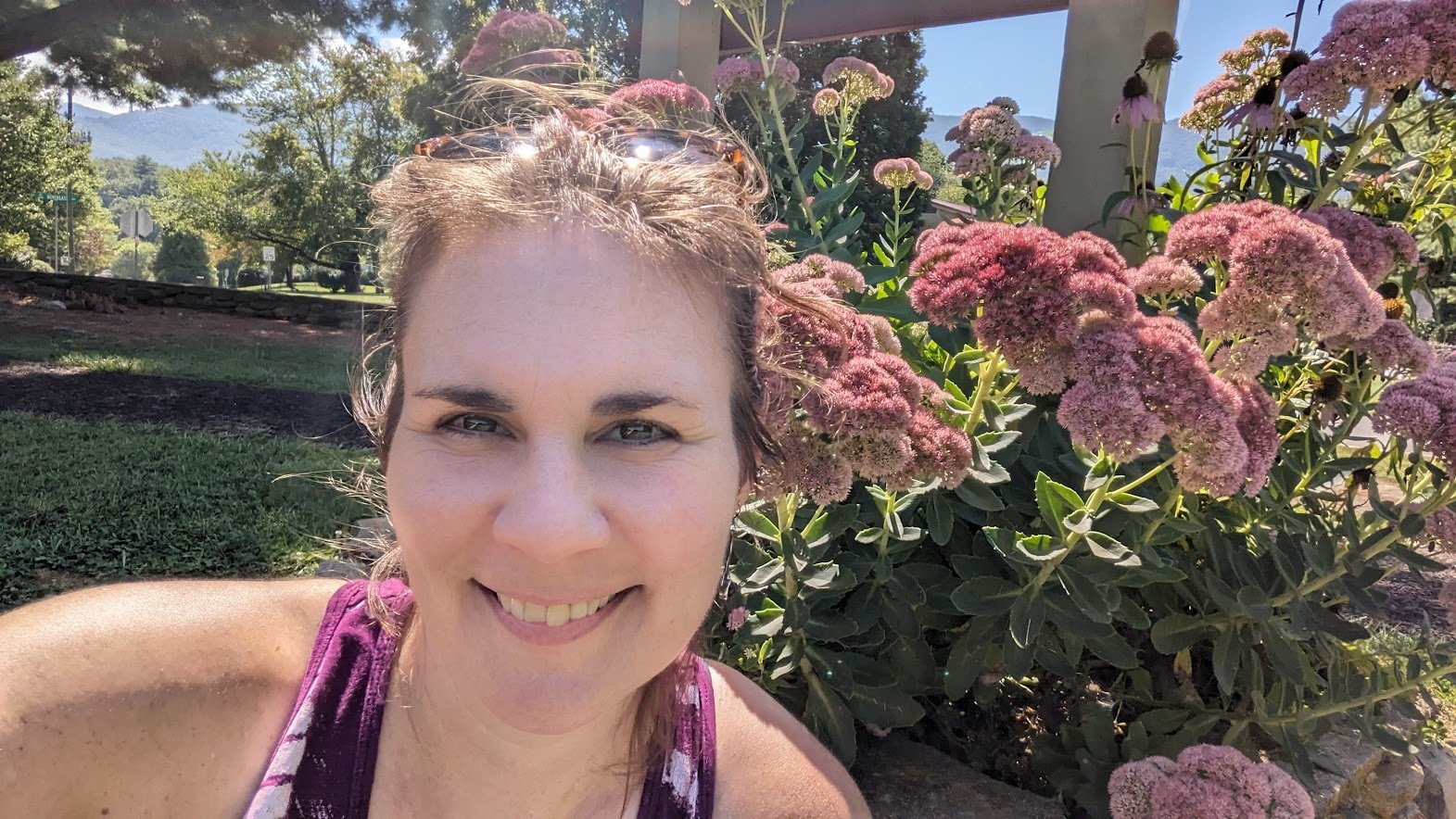Calm vs Not Calm
Many adults have this perception that yoga is about being quiet and still, and they are not wrong. But that is an adult perception of a yoga class cast upon children’s yoga class and the two don’t work. Children need to move before they can be quiet and still. Children need to be taught to be Calm.
In my experience of teaching kids’ yoga classes, parents will sign their kids up either because they do yoga themselves and think their kids would enjoy it. Or they think that their children need yoga to be calmer. Whatever the intention, that comes from a well-meaning place, it is also misplaced. Not all children need a yoga practice to feel calm. Some need a more active sport, some need a more disciplined activity, some need a more artistic activity, not all kids take to yoga.
The ones that do love it. And in those classes, we talk about what not calm means versus what it means to feel calm. Children have a good understanding of what it feels like to be not calm. They can give wonderful examples, even younger children 4 or 5 years old. One example is, “It’s like you move around a lot and act all crazy!” Children even know what calm feels like and can give examples of feeling calm. However, they don’t know how to go from not calm to calm, but they truly prefer to feel calm.
When a child (or an adult) is feeling out of control, emotional, or not calm, the last thing they want to hear is “calm down.” It makes it worst. Especially children that are overwhelmed with emotions, they don’t know how to calm down, so telling them “Calm down” does not help. Telling anyone that is experiencing intense overwhelming emotions to “calm down” does not help.
What should you do? Here is what you should do…let them feel their emotions and tell them it is okay to feel whatever emotion that is coming up in the moment. Let the emotions come, let them linger, and eventually they will pass away. All things eventually pass. Let emotions come, let them be, let them go.
After the intense emotions have passed, and the child is feeling calm again, that is the time to talk about the emotions and teach a calming yoga practice. Yoga for Calm is a lesson plan that I have composed for teaching calming yoga strategies to children. It contains breathing, yoga, mindfulness, and relaxation practices to instill calm feelings. It also goes nicely with Peaceful Place Relaxation practice, a guided audio that I have recorded for children.
For anyone looking to establish an at home yoga practice for their child, Creating a Safe Space is a FREE resource that will discuss tips and tools to creating a safe space for a kid’s yoga practice in the home, classroom, or studio. Please utilize this resource, or any other offerings that I have on this website to bring calm and peaceful feelings into your home, or classroom.
Let’s review…
Children understand the difference between calm feelings and not calm feelings, and they prefer to feel calm.
Children need to be taught how to be calm, not told to calm down.
Children need to be taught Yoga for Calm in a safe space, then they will remember those calm feelings and learn strategies to go from not calm to calming down.
Children need to let their emotions rise, linger, and pass away.
Ms. Brandon, RCYT, RYT500, holds a Master's degree in Special Education from Western Carolina University, is a highly qualified educator, and has 20 years' experience working with children and children with special needs.

